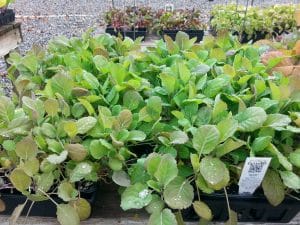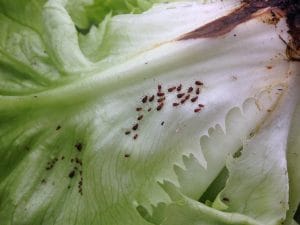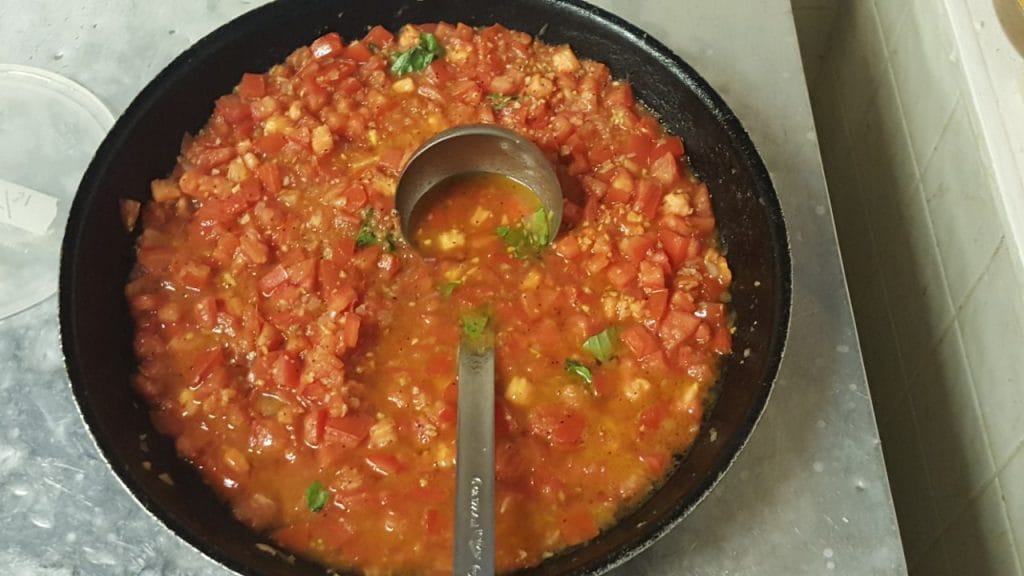Walk Georgia is a free UGA Extension web-based program that encourages Georgians to get out and move. As gardeners we know all about moving (and bending and lifting and pulling…). Participants create an account and log their activity on the website. As you log activity you virtually travel through Georgia learning about areas as you go. It is a great way to be accountable for your health and to learn more about the state.
Of course, gardening is listed as an exercise activity. This could be a fun way to compete with other gardeners in a friendly exercise competition. You may spur each other on to being more active. The weeds won’t stand a chance!
With many, many exercise apps on the market this one stands out because it is so simple to use, it is free, and it is Georgia specific.
Also on the Walk Georgia webpage are exercise tips and recipes. For gardeners who grew potatoes this year, try this recipe from Walk Georgia for a great meal on a cold day.
Potato Leek Soup
¼ cup olive oil
5 cups chopped leeks
2 stalks celery, chopped
1 large onion, chopped
4 cups cubed potatoes
2 quarts chicken stock, low sodium
2 cups canned skim evaporated milk
Salt and freshly ground pepper to taste
Heat the olive oil in a non-stick Dutch oven and add the leeks, celery, and onion. Cook slowly for 10 minutes until golden and soft. Do not let the mixture brown.
Add potatoes and chicken stock; cover, and bring to a boil. Reduce the heat and simmer 20-40 minutes or until potatoes are cooked through.
Mash the vegetables. Heat the milk and add to the soup. Salt and pepper to taste.
Six Servings:
Calories: 314 | Carbohydrate: 45 grams | Fat: 10 grams | Protein: 14 grams | Sodium: 635 milligram with low sodium broth, 869 milligrams with reduced sodium broth | Fiber: 3 grams | Cholesterol: 3 milligrams | Exchanges: 3 starches, 1 lean meat
For more information on Walk Georgia contact your local UGA Extension agent or visit the Walk Georgia website. They also have a Walk Georgia Facebook page.
Happy Gardening!
